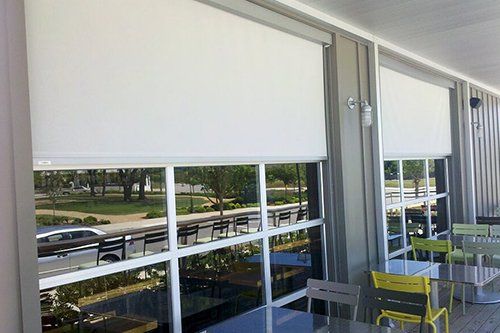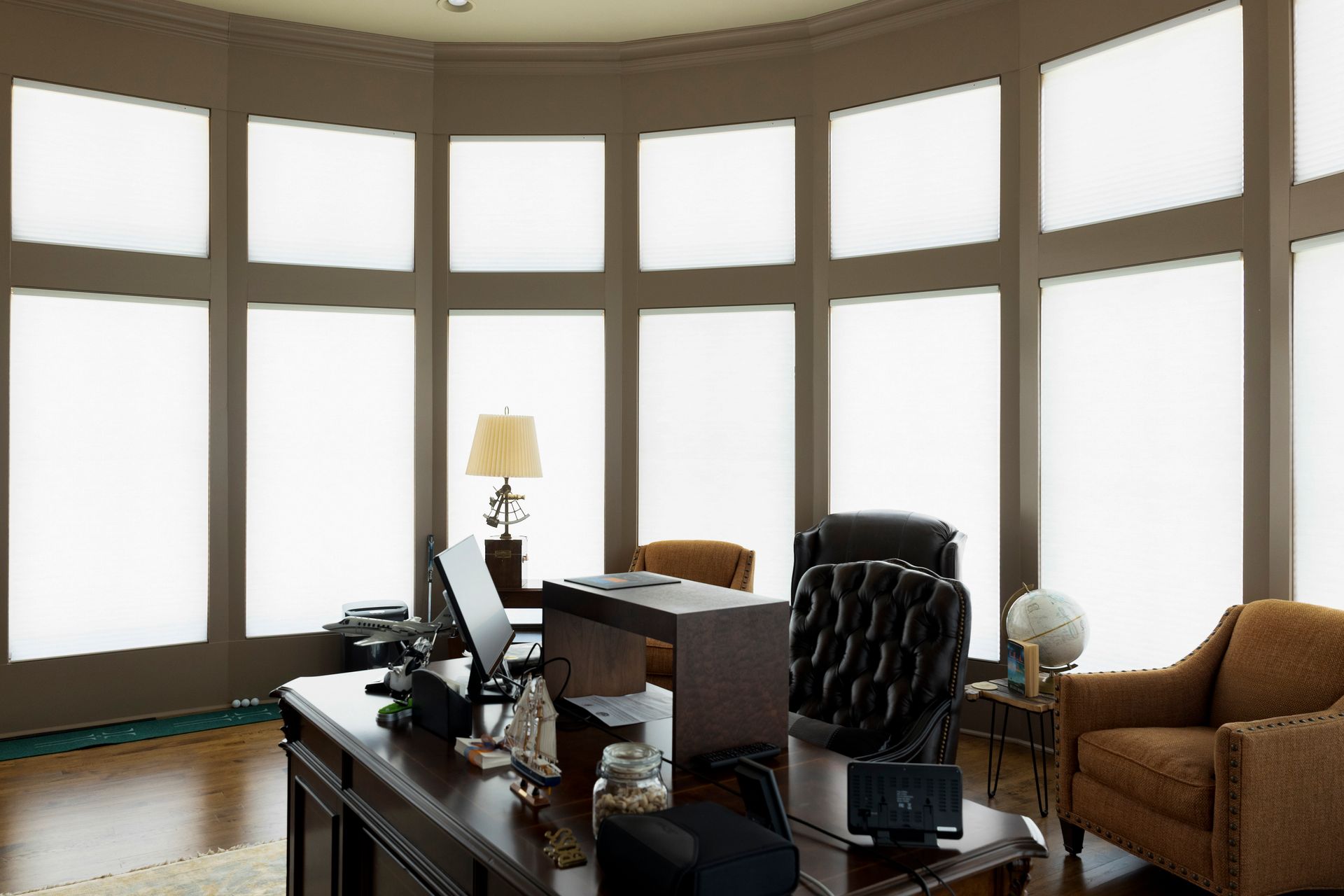The battle between real and faux extends even to your window blinds. Luckily, this is not one of those life or death situations, and the superiority of either real or faux wood blinds is left to personal preferences.
That being said, each of these options has unique advantages and disadvantages to which you need to give strong consideration before buying. Here’s the score on both real and synthetic wood blinds to help you choose.
1. Materials
Wood blinds are the real deal. They are made from hardwood timber from trees such as cherry, walnut, oak, and various other hardwoods. Other types are also available, including woven wood blinds and shaped wooden Venetian or vertical blinds.
Regardless of the type, real wood blinds have slats made from natural wood comfortable, warm, earthy tones as found in nature.
On the other end, faux wood blinds are made of composite materials, vinyl, or PVC stained or painted with realistic-looking wood grain and tones. There are also blinds with a wooden core and composite cover, but their basic properties are similar.
2. Aesthetics
Real wooden blinds have a rich, grainy texture and look that simply cannot be replicated even by the most realistic faux wood blinds. They are hand-finished and polished to give off the same high-end look you would expect from an expensive piece of wooden furniture. That is why real wood is so prestigious and desirable.
Faux wood can also be stained to look good, complete with the surface texture finish that makes them resemble real wood. However, they are still dull and artificial. If you want a nice look, you will have to go for premium quality pieces with a high-end finish.
3. Applications
Real wood blinds are best used in living rooms, offices, and other spaces where a warm, deluxe look is desired. They are light and easy to operate, which makes them perfect for large windows.
A more important advantage of real wooden blinds is that they offer better insulating properties. They absorb heat and cold better, and are thus a great help in regulating room temperatures.
Faux wood blinds are best for wet areas such as kitchens and bathrooms. Being waterproof, they resist water and are very durable even with rough usage.
4. Care and Maintenance
Like all wooden items, real wood blinds need a lot more care and attention. In addition to regular dusting with a microfiber cloth, woven blinds can accumulate grime that will need washing off with gentle soap and water.
Wooden blinds also need a “moisturizer” such as olive or lemon oil to prevent warping or cracking. The oil also keeps them supple and lustrous.
Faux wood blinds are generally low maintenance. They need nothing more than regular dusting or the occasional wet wipe to keep them clean.
5. Pricing
Real wood blinds are pricey, and only those with a deep budget can afford them. They are made from expensive hardwoods and consume many hours to shape, treat, and finish.
On their part, faux wood blinds are much more affordable even for those on a shoestring budget. While quality and finish vary between brands, you can always find an option to suit your needs and budget.
Verdict: Which is Better Between Wood Blinds and Faux Blinds?
The jury is still out on which of these popular types of blinds is best for your home. It all comes down to personal preference and the application you need them for. If you want sophisticated blinds to add character to your home or office, authentic wooden blinds are the only way to go.
Otherwise, if you just want a low-budget option that won’t require a lot of maintenance, faux wood blinds are more than suitable. They are very popular nowadays as they can be stained or painted to look very much like the real thing.
Whatever option you choose to go with, make sure that you only get high-quality blinds and match them in tone and texture to your existing decor. The goal is to have an inviting, pleasing room, after all.
If you are still undecided on which blinds to us, then it is best you speak to an expert. Contact us for a consultation.
Expert Advice by Just Blinds


